Today I was talking with a friend about some difficulties we had with assembly with a particular part and I shared with him the tool I purchased to deal with the problem. While going down my purchase history looking for the tool to share with my friend I realized that I actually bought quite a few tools in 2019 and I thought it'd be fun to share with you the tools I purchased and used this year. These tools will be in order of when I purchased them. The order of purchases tells its own story.
While I will provide a link to all of the tools I purchased, none of the links are affiliate links so don't feel obligated to use them if you decide to make your own purchase.
Gourmia GFD1950 Digital Food Dehydrator
Amazon: https://www.amazon.com/gp/product/B01M6AZ863/
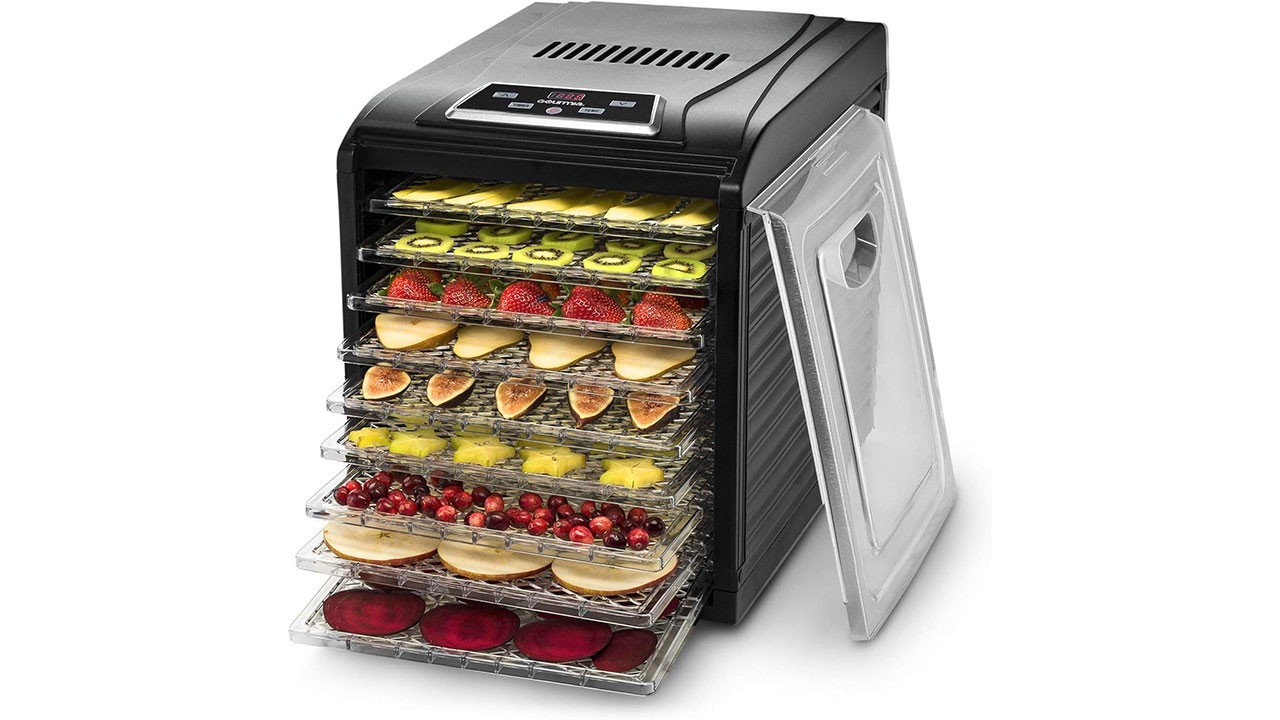
I purchased this food dehydrator to dehydrate the least food related thing I consume on a regular basis: 3D Printing Filament. I had been having printing issues with a couple of rolls of filament and I had calibrated and recalibrated my printer numerous times. I live in a humid state (my house generally sits at about 50% humidity) so despite my efforts to keep my filament dry I figured I'd try out drying it with a Dehydrator. I haven't gotten too far into the weeds as far as dialing in specific settings or timing I just leave it at the default 165F for 10 hours and I toss it in the dehydrator, run the cycle and use the spool the next day. Even though filament is pretty cheap it can take me a while to actually use an entire spool so this Dehydrator has already more than paid for itself and I've worked it into my regular work flow with my 3D Printer, especially for spools that have been sitting in storage for a long time.
Depending on the size of the spool I can generally fit 3-4 1KG rolls of filament in this dehydrator. I normally use it on my PLA rolls but I have also used it on PETG rolls and have noticed a significant improvement in print quality.
MPLAB PICkit 4 in-Circuit Debugger
Amazon Link: https://www.amazon.com/gp/product/B07DMSDGQX/
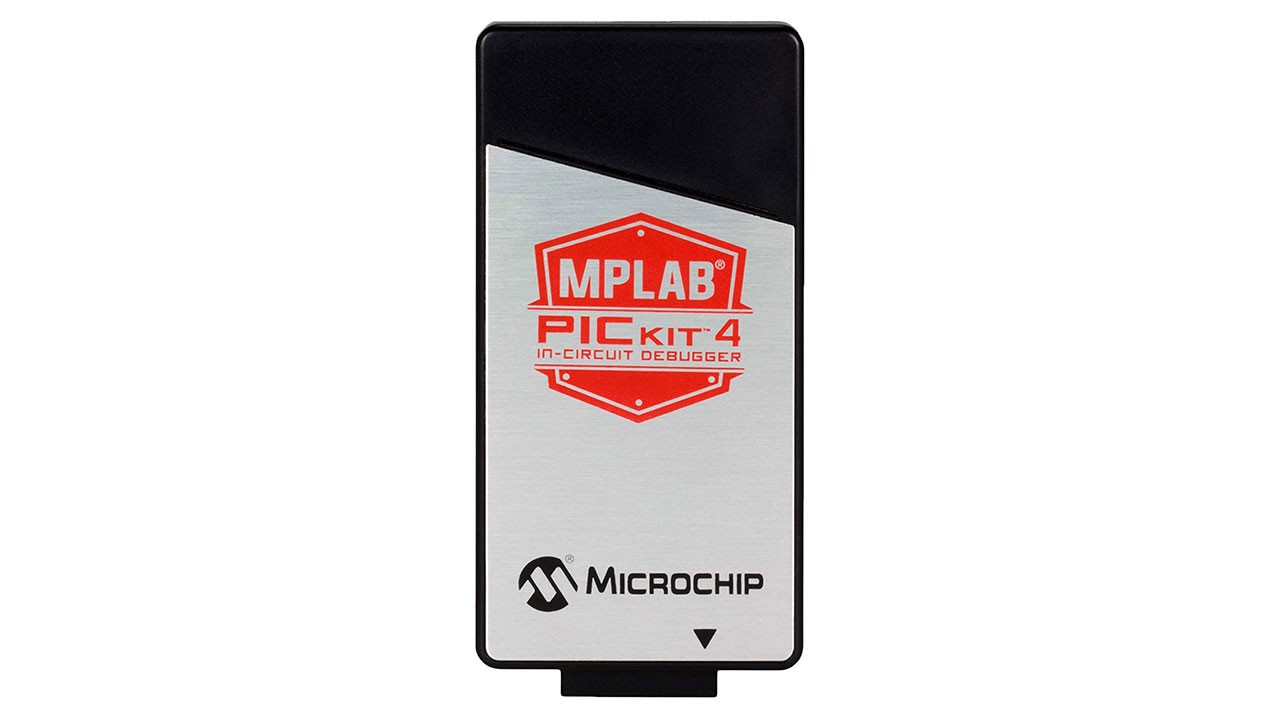
If you've done anything with a PIC then you might already be familiar with this tool. It's used to program PIC MCUs. Hypothetically it can be used to program more than the PIC Line of MCUs that Microchip makes but my own experience with attempting to program a ATTiny13a with it went poorly but I'm not the best person to judge this sort of thing. I used it to program the Arc Badge and it worked reliably the entire time. As long as you use it to program chips it has 100% compatibility with then you'll have a good time. Hypothetically you could put a MicroSD Card in this and use it to program chips without a computer but I wasn't able to test that out myself and while the hardware was there for it I don't think it was supported when I was doing it. Still, I think it was worth the purchase and again for the PIC MCUs I used it worked flawlessly.
ALLSOCKET TSSOP20 Programming Adapter
Amazon Link: https://www.amazon.com/gp/product/B06XDNTGPD/
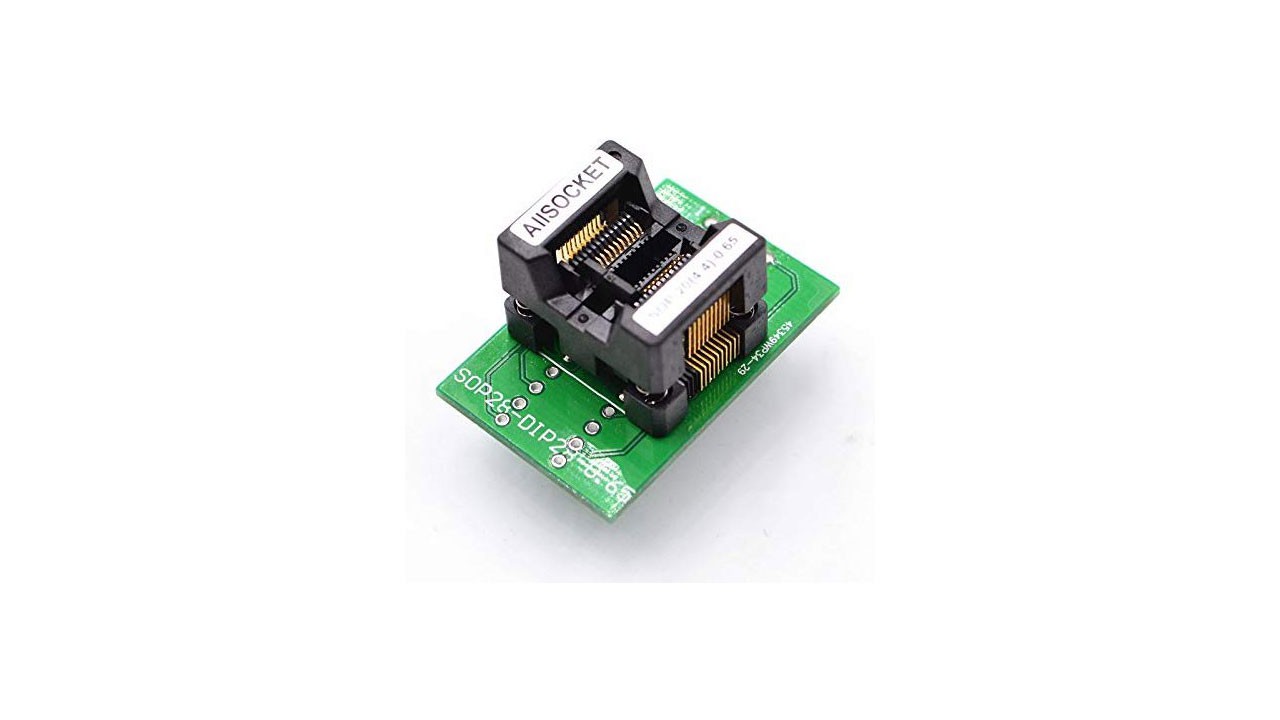
I only used this adapter a couple of times but it was useful when doing breadboard experiments with the PIC16 we used on the Arc Badge. I think if you like to bread board your designs first this is a good device to have if you don't have any break out boards or bread board friendly packages of your chip. As for this particular device I didn't have any trouble using it but again I only used it a couple of times and I haven't used it since.
Kapton Tape (50mm*33m)
Amazon Link: https://www.amazon.com/gp/product/B00N1QZY4M/

I purchased this large roll of Kapton tape to do some modifications to a T961 Reflow Oven. It has worked very well and I've found myself using it a couple of other places around the house. Its tolerance of high temperatures and being that it's non-conductive it can have a number of electronic hobby uses. I haven't had any issues with the roll I purchased so I would recommend it.
Impact Tools Full Size 100/60W Hot Glue Gun
Amazon Link: https://www.amazon.com/gp/product/B07FN6MC7T/

Last year I used Black Hot Glue on my Mad Cat SAOs to stop the light bleed from the LEDS that I had reverse mounted on the back of the board. As great as that worked it meant whenever I needed to use regular clear/transparent hot glue I ended up wasting 1/2 a stick just clearing out every little bit of black hot glue that was still in the gun. Instead of continuing to waste hot glue and time I decided to pick up a second hot glue gun and dedicate it to clear hot glue. After I figured out you could use hot glue to act as a diffuser with side view LEDs my need for clear hot glue went up dramatically and I needed to have a half decent hot glue gun so I could control the flow and not make a mess when applying it.
This is the hot glue gun I ultimately landed on. The long barrel that comes with it from the factory is what really interested me. I have used this gun for the bulk of 2019 and have no complaints. I find it easy to use and it heats up fast enough and maintains the temperature well enough that I find using it to be a positive experience. I tried using it in 60W vs 100W mode but the only difference I've noticed is how quickly it heats up. I'm sure someone who knows a lot more about hot glue than I do could tell you why you need the two different modes but in my case I generally use 100W and feed it large hot glue sticks.
Amazon Link to the hot glue I use: https://www.amazon.com/gp/product/B07GTKL78P/
IRWIN VISE-GRIP 2078300 Self-Adjusting Wire Stripper
Amazon Link: https://www.amazon.com/gp/product/B000OQ21CA/
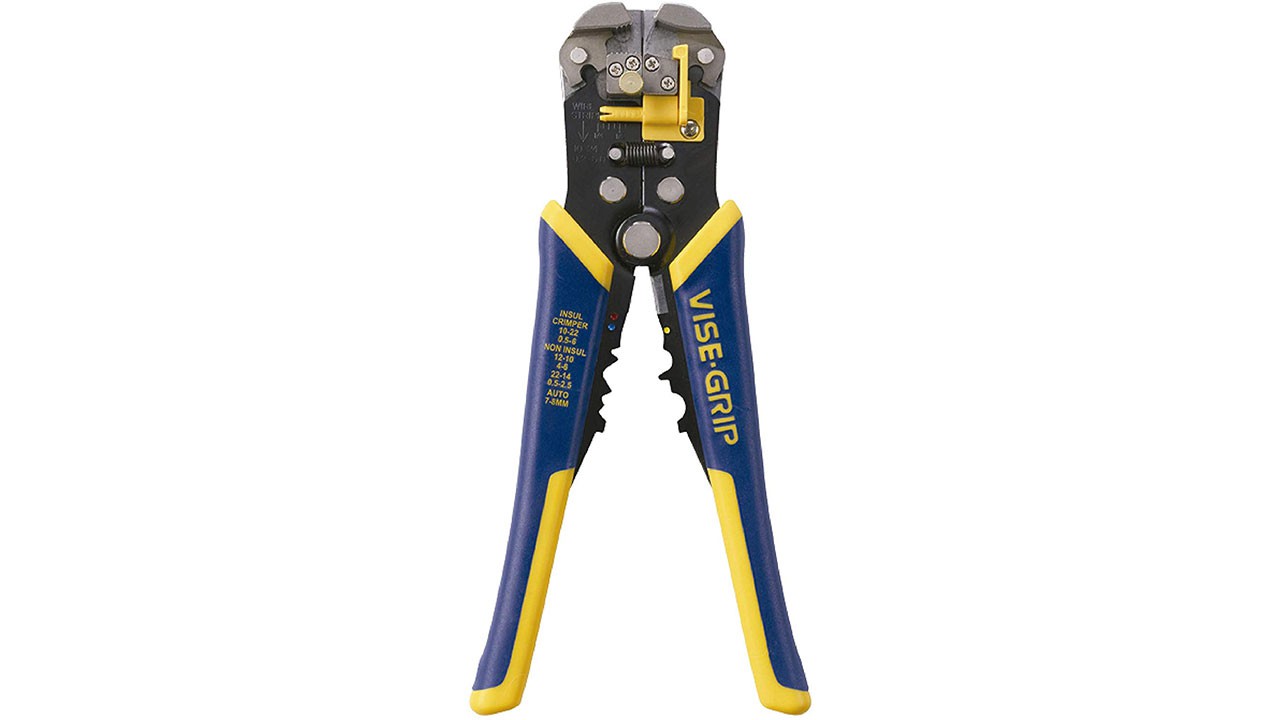
I purchased this Wire Stripper mostly for use when bread boarding but I have used the hell out of it for making bodge wires with just the right amount of jacket removed. I went for a more heavy duty solution because I had tried a couple of other wire strippers and I either wore them out or they never really worked that well. These wire strippers are meant for more automotive or household related work but it's lived on my work bench since day one and it has been a wonderful tool to use and I haven't had any issues using it on 24AWG Wire.
T962A Reflow Oven
Amazon Link: https://www.amazon.com/gp/product/B01LXCSCAK/
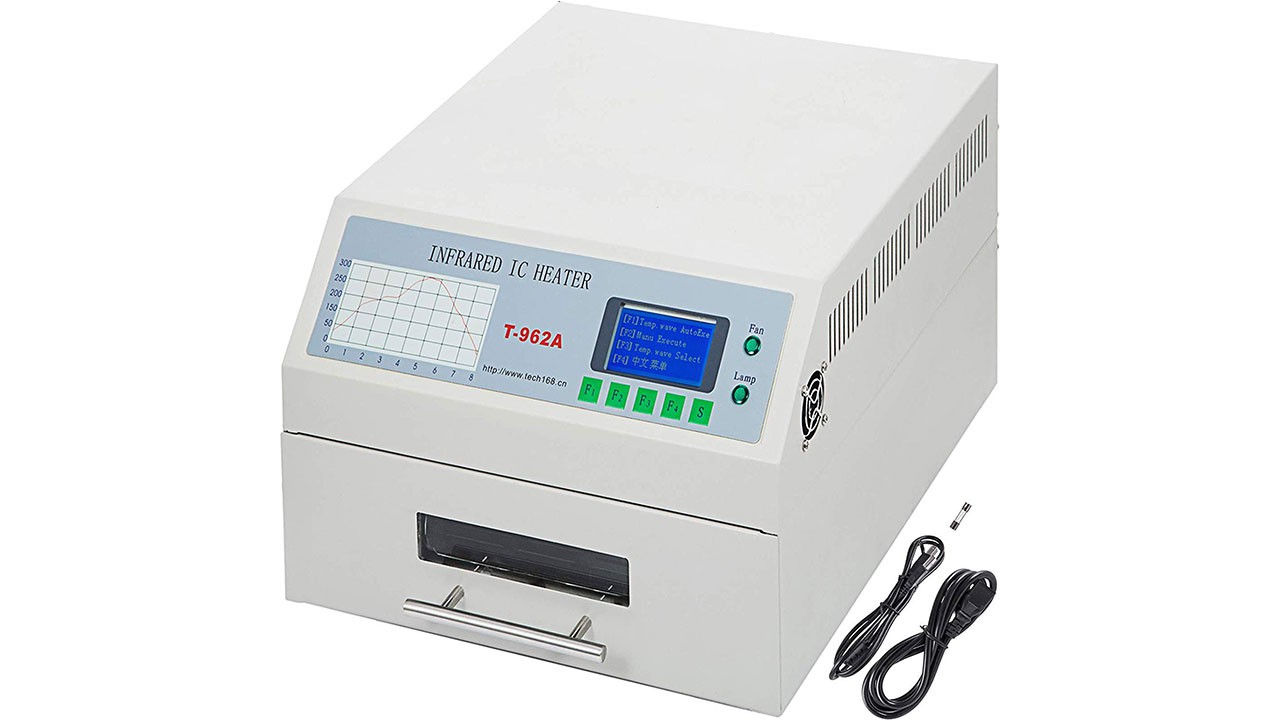
So I actually purchased this on eBay as a used item but I provided a link to purchasing it on Amazon. I originally started with this oven's little brother the "T962" but other than size they are functionally identical. This year I made a big push to trying to do as little hand soldering as possible. I like to understand the assembly process so that I can spot issues before they become a big problem which in this case meant I needed a reflow oven so I could start working with solder paste without using a hot air station.
I started with the T962 but found I was having space and temperature issues so I bought the T962A. I ran into the same temperature issues but with a few modifications I was able to get the T962A working very reliably. I actually went back and did the same modifications to the smaller T962 and found it to work just as reliably but since I already had the T962A on hand I sold the smaller unit to another local maker. In my opinion these modifications are required if you intend to use these units but for the price it is hard to beat and the modifications are pretty easy.
Cal Hawk Tools CPLWC8 Steel Wire Cutter
Amazon Link: https://www.amazon.com/gp/product/B009PD73QC/

These steel wire cutters are probably not something you would expect to see on this list given that most of the items so far have a pretty clear use case with my BadgeLife projects. However these wire cutters were purchased specifically for use with the Arc Badge Project. Whenever possible I prefer to bulk purchase parts that I think I will use on more than one project. In this case that was buying 1,000 2xAA battery holders. I only needed 25% of them to use with Arc Badge but 2xAA battery holders is one of the more common type used on electronics projects so I knew the remainder would find use else where. What I had not expected was the leads on the holders to be steel core so when I went to snip them for the first time I notched the hell out of my normal wire snips. While this was a minor set back these Cal Hawk Steel Wire Cutters made short work of the leads and actually due to the bulk of the tool the amount of lead I could easily cut off left a perfect amount left over for soldering.
With this tool I was able to snip the leads on 250 battery holders in a very short amount of time without any trouble at all.
TS100 Mini Electronic Soldering Iron Kit
Amazon Link: https://www.amazon.com/gp/product/B07D35B75T/

For the last 4 years I have lugged my reliable Hakko FX-888D to DEF CON and I wanted something a lot more portable to take with me this year since I knew I might need to use my soldering iron somewhere other than my room. After asking around the choice came down to either the TS80 or the TS100. What ultimately sold me on the TS100 vs the TS80 was its track record and cost. While the TS80, so far, has a good track record the TS100 had a lot of handy mods already available and was a fair bit cheaper. I have been using the TS100 with the Ralim Custom Firmware for months now and I love this soldering iron. If I didn't already have the FX-888 on my bench this would be my daily driver.
Pin Lock Pin Keepers
Amazon Link: https://www.amazon.com/gp/product/B07RV2DVNH/
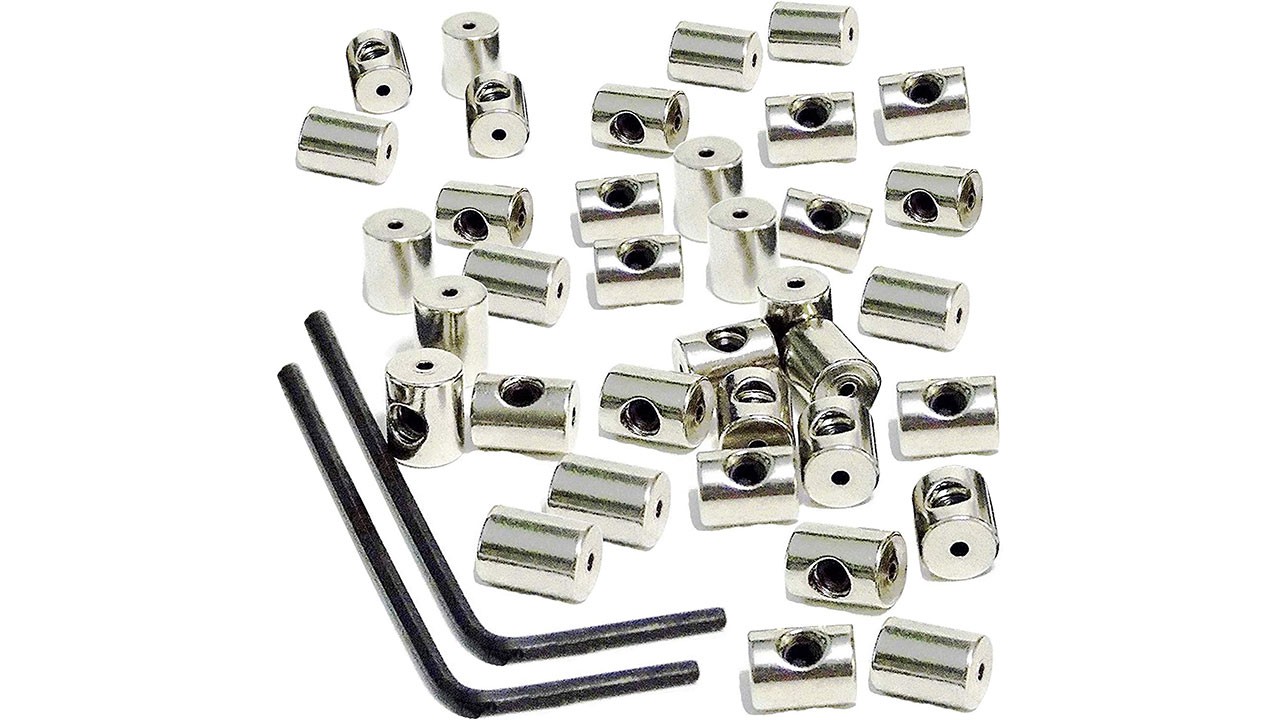
Every year I get a handful of pins, some I buy from friends on Etsy, some are given to me for various reasons, however I almost never actually pin them to anything out of fear of losing them. That is until someone turned me on to these Pin Locks! I don't always use the pins I get but when I do I use these pin locks with them. I've actually been using them since before DEF CON and have 4 Pins on my backpack now that have put up with a lot of abuse and are still holding strong.
Silicone Soldering Mat
Amazon Link: https://www.amazon.com/gp/product/B06XR1TTVS/
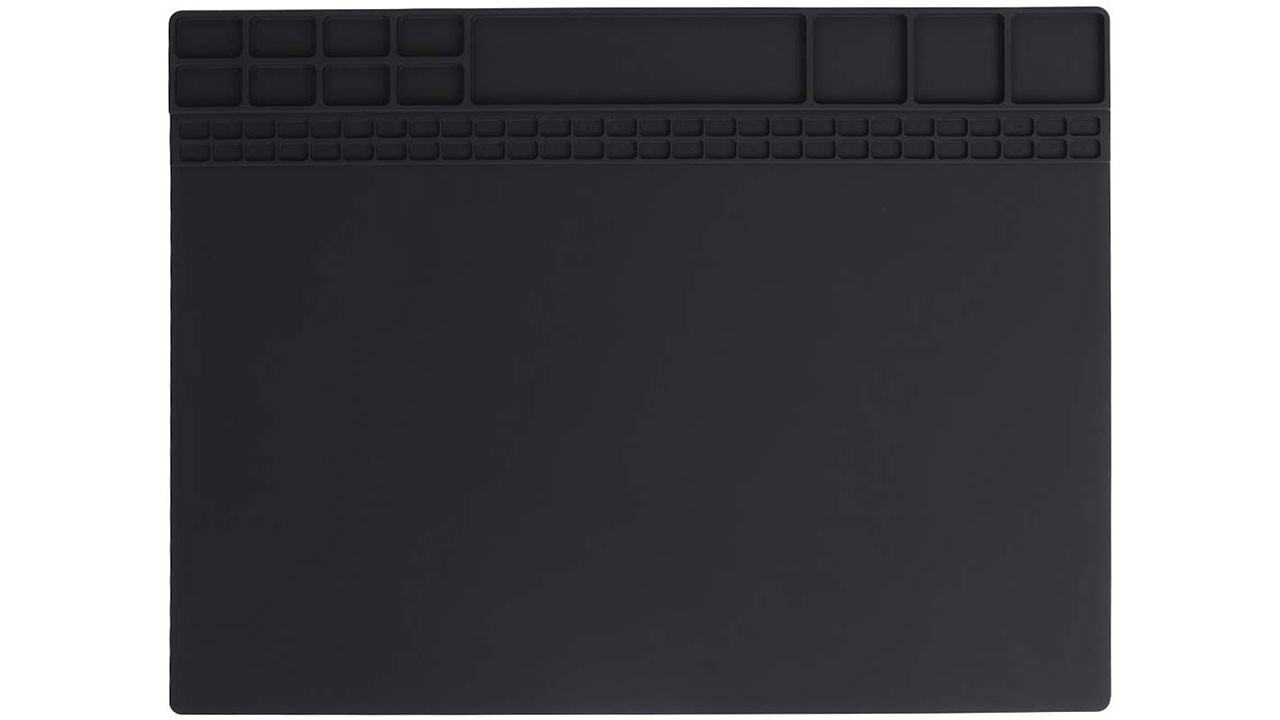
My wife originally purchased one of these for me for Christmas in 2018 but I learned the hard way that while they can put up with a lot of abuse they are not resistant to razor blades, Oops!) so I bought another one. I'm still using the original one I sliced up and have been using a second, blue one, as a travel mat and as a cool down mat for boards pulled freshly out of the reflow oven. These mats have been invaluable to my work bench. They can put up with a lot of abuse from a soldering iron, they absorb heat quickly, hot glue won't stick to it, and they're very easy to clean off. As far as I'm concerned a Silicone Solder Mat is a must buy.
SOIC8 to DIP Adapter
Amazon Link: https://www.amazon.com/gp/product/B01HTC5DKS/
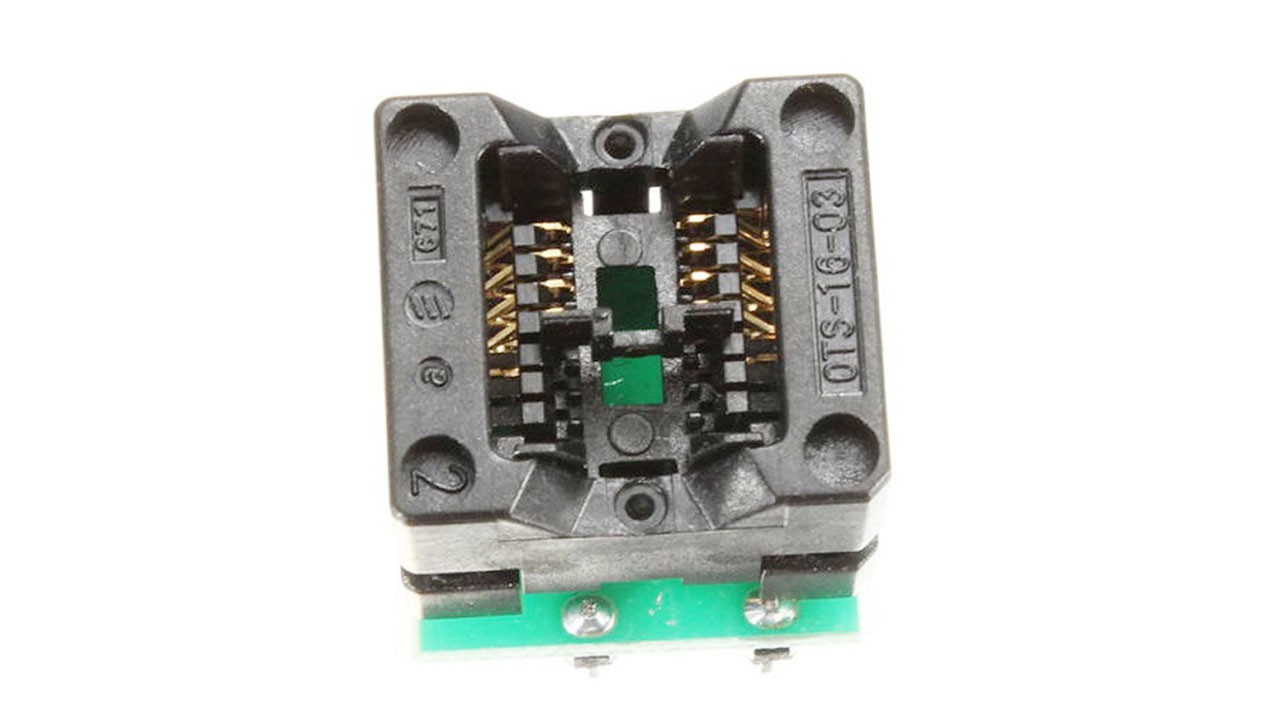
Similar to the TSSOP adapter I mentioned above but unlike that adapter I actually used the hell out of this one and found it to be reasonably reliable. I used it to program all of the ATTiny13as on the Wireshark Project.
CPT-063 Test Clip SOIC8 Pomona 5250
Amazon Link: https://www.amazon.com/gp/product/B00HHH65T4/
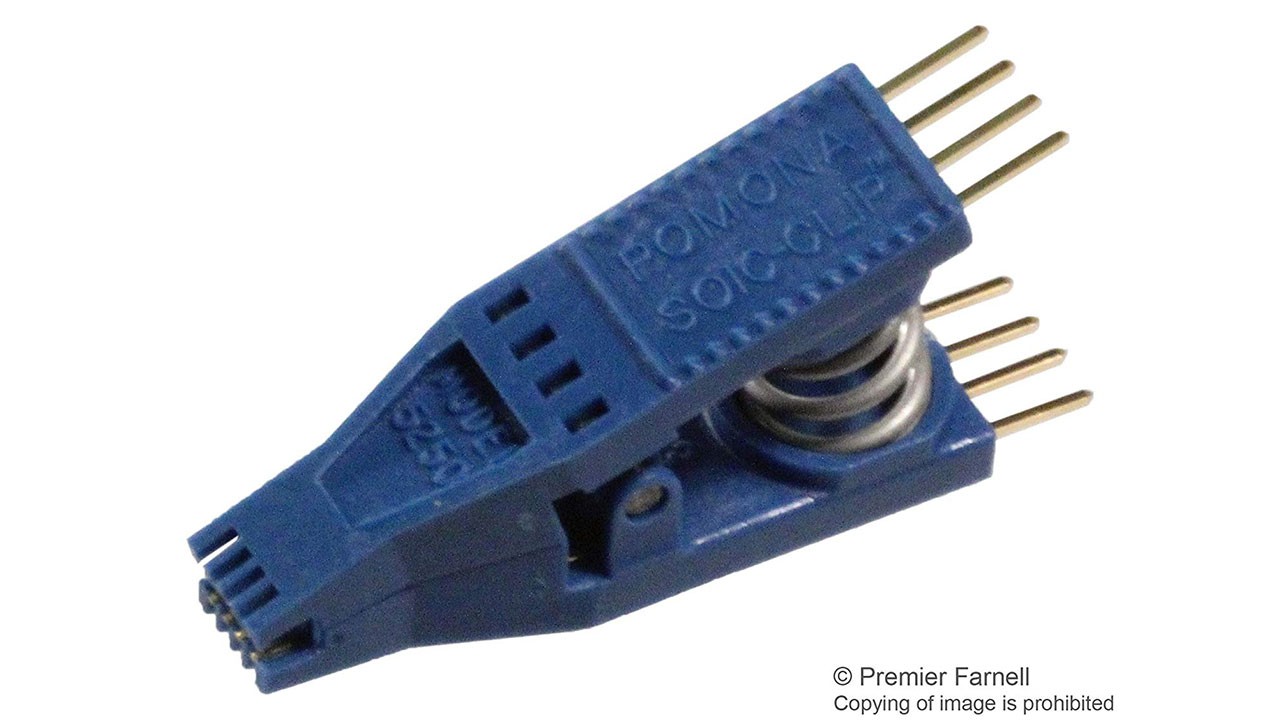
I bought this along side the SOIC8 adapter above because I wasn't sure at that time which method I was going to use to program the MCUs. Although I used the Adapter for Wireshark I used this clip almost exclusively on the Santa Bot Project. I have found this clip to be reasonably reliable and after programming a few dozen boards with it I haven't had any issues with it. Given how much more it costs than the typical clip I would expect that kind of reliability but you also get what you pay for.
Sparkfun Pocket AVR Programmer
Amazon Link: https://www.amazon.com/gp/product/B004G54E9I/
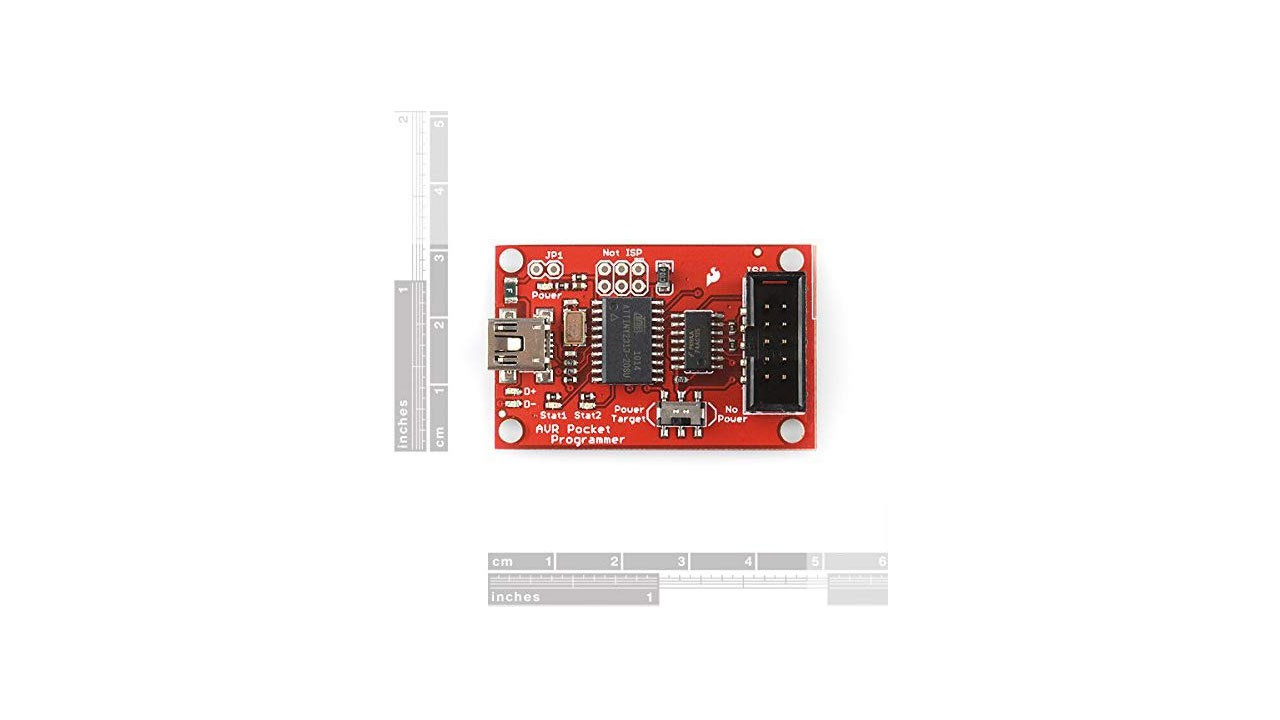
I purchased this AVR Programmer for use on the Wireshark & Santa Bot Projects. I purchased it because I thought the other AVR Programmer I had was faulty. It turned out I was plugging it in incorrectly, which I didn't discover until I purchased the Sparkfun Pocket and subsequently made the same mistake with it. Once I plugged it in correctly both programmers worked without issue but due to the compact size and easy toggle switch for powering the device the Sparkfun Pocket has become my go to AVR Programmer. I used it to program all the MCUs used on Wireshark & Santa Bot and I have found it to be a reliable device that I would recommend to anyone who needs an AVR Programmer.
Hakko FR-301 Desoldering Tool
Amazon Link: https://www.amazon.com/gp/product/B07BKSLLG9/

This year I made the terrible mistake of getting into Custom Mechanical Keyboards. It is a deep, dark, rabbit hole that will redefine your concept of "niche". I had a small graveyard of Mechs that I had kept throughout the years and decided to harvest the switches from them. Desoldering 104 through hole parts is not exactly my idea of a good time but this Desoldering Tool makes short work of it. I had been wanting one of these for a while but the reality is I don't use through hole parts that often in my projects but in mechanical keyboards through hole parts make up the bulk of the assembly. This desolder gun makes short work of desoldering any through hole part you may encounter and I have already put a lot of time on mine and absolutely love it!
Honorable Mentions
These are tools that I didn't purchase in 2019 but I used extensively throughout the year and would continue to recommend.
Hakko FX-888D Digital Soldering Station
Amazon Link: https://www.amazon.com/gp/product/B00ANZRT4M/

The Hakko FX-888D has been living on my bench for over 6 years and in the last three I have put hundreds of hours on mine. I find the Soldering Iron to be very comfortable to use, it heats up reasonably fast, and holds its temperature well. Replacement tips, when you need them, are easy to find and reasonably inexpensive to boot. I cannot speak highly enough of my trusty FX-888D and would strongly recommend it to anyone looking for a work horse soldering iron for their workbench.
Orignal Prusa i3 MK3S 3D Printer
Link: https://shop.prusa3d.com/en/51-original-prusa-i3-mk3s
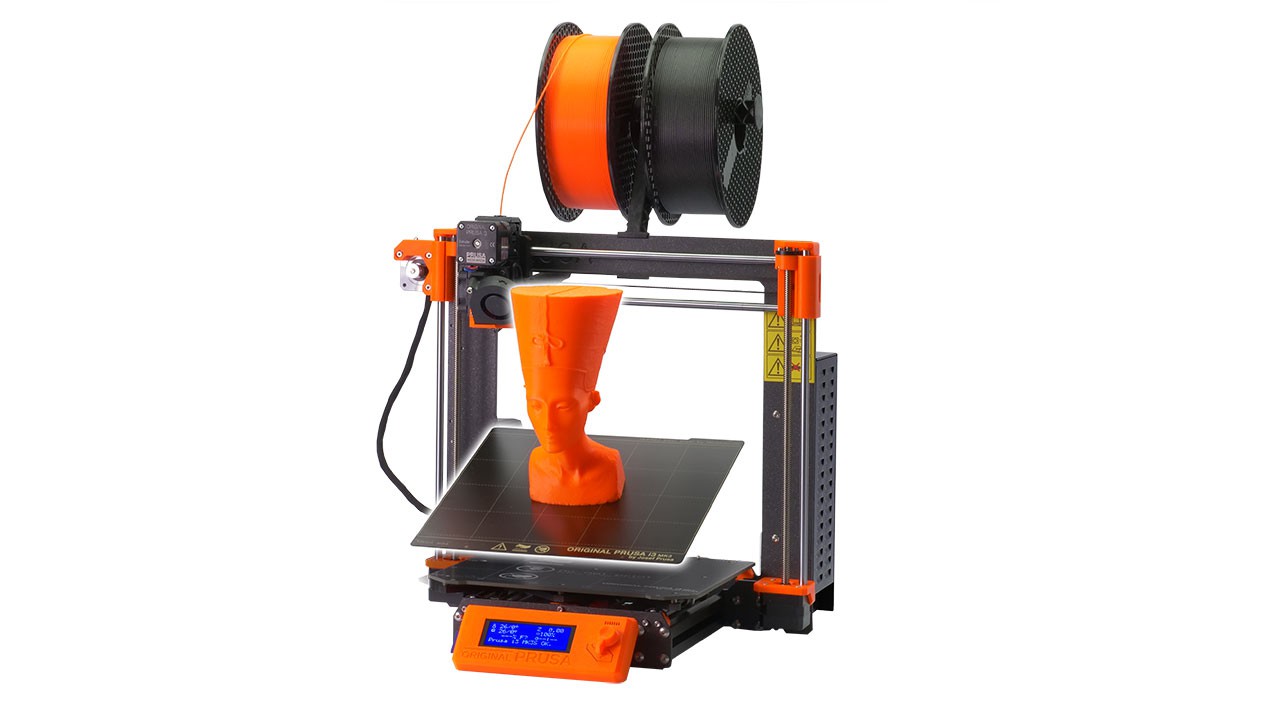
I have been using the Prusa i3 MK3 since early 2018 and it has been my daily work horse printer ever since. I use it to 3D Print PCB Stencil Jigs, Spacers for Arc Badge, Programming Jigs, and various tools and accessories I've used to help make assembly easier and more efficient. My MK3 is still a vanilla MK3 and not a MK3S but that's only because I can't be bothered to fix what isn't broken. 3D Printers are an invaluable resource to a maker and the Prusa i3 MK3S is one of the most reliable.
 TwinkleTwinkie
TwinkleTwinkie
Discussions
Become a Hackaday.io Member
Create an account to leave a comment. Already have an account? Log In.